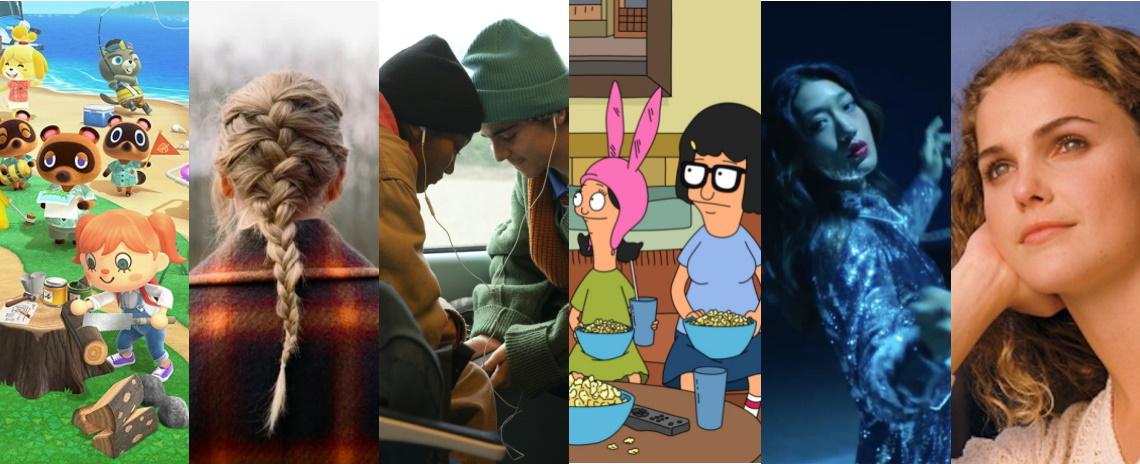Throughout the lows (and lower lows) of 2020, it often felt like the only way to make it through the day was to set everything aside and dive headfirst into something guaranteed to bring even the slightest joy. For many, including Lens writers, that solace is typically found in the moviegoing experience. However, because of the impact of Covid-19 on movie theaters across the country, we’ve had to do plenty of improvising over the past year. No matter what you call them — coping mechanisms, noteworthy distractions, time-killers — these films, television shows, video games, books, albums, and other diversions are what made up the culture that got us through 2020.
Alfred Hitchcock
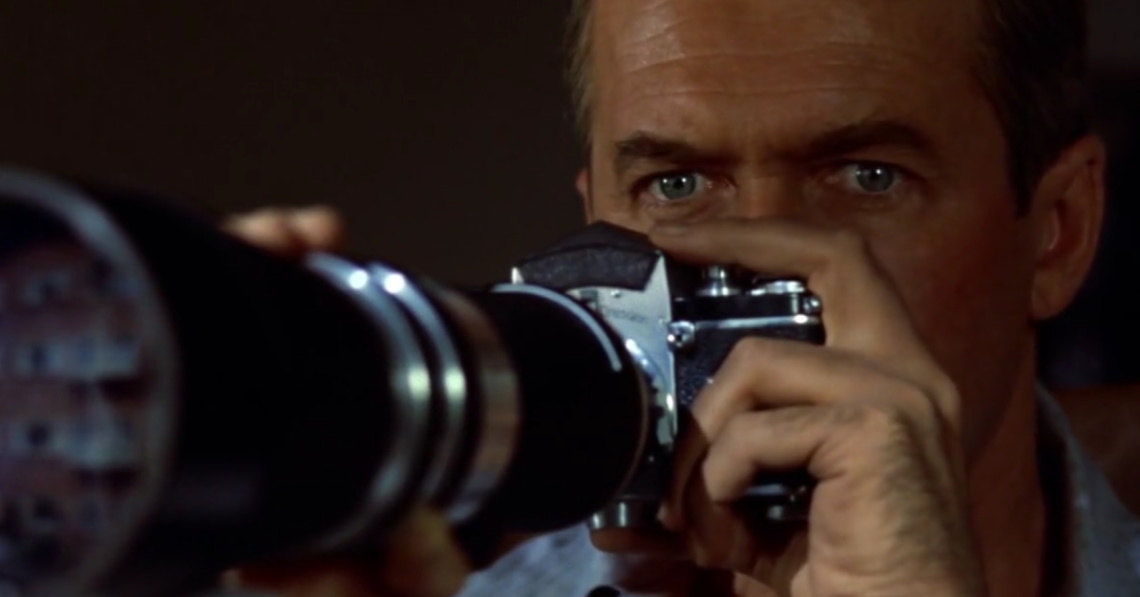
[Rear Window - Paramount Pictures]
In the weeks before coronavirus shutdowns were put in place, I had been attending the Tivoli Theatre's semi-annual film series Classics in the Loop. I only had a chance to see a few before the theater called things off: The 39 Steps (1935), Strangers on a Train (1951), The Man Who Knew Too Much (1956). Blown away by the magnificence of seeing these films on an enormous screen at what is arguably the city’s very best theater, I wanted to keep that feeling alive even though I was stuck at home. I watched Rear Window (1954) and To Catch a Thief (1955), the former of which was accompanied by an excellent discussion led by fellow Lens contributor Joshua Ray, even if the home-theater experience just didn’t compare to the one at the Tivoli. Of these five Hitchcock films I saw in 2020, Rear Window is undoubtedly the most fitting for the year we had (for obvious reasons): confined to an apartment, desperate for ways to pass the time. All I was missing were a broken leg, a camera with a long-range lens, and a potential murder-mystery to investigate. - Kayla McCulloch
Animal Crossing: New Horizons
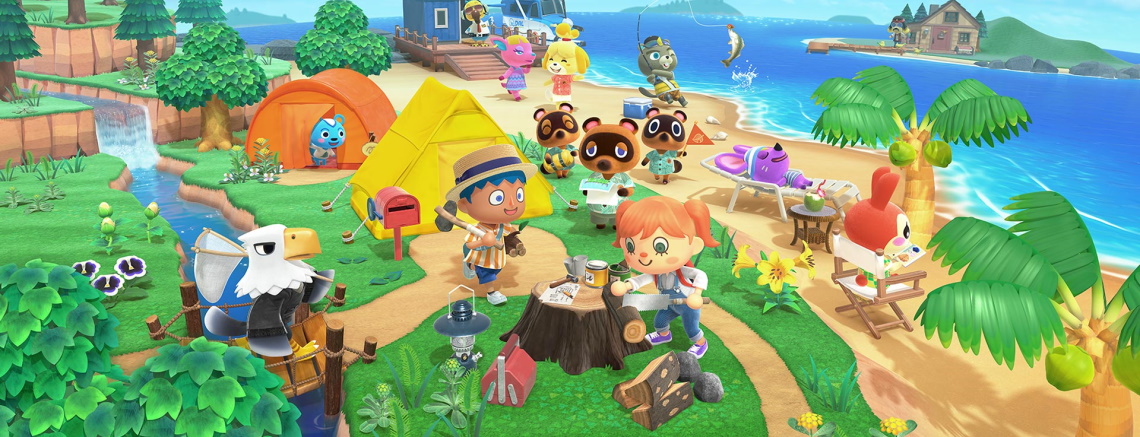
[Nintendo]
Although Supergiant Games’ smash-hit roguelike action RPG Hades made a respectable late push for unofficial “Game of the Year” laurels, it would be a bit absurd to deny the 2020 title to Nintendo’s warm-and-fuzzy life simulation Animal Crossing: New Horizons. Just considered on its own merits, ACNH is a charming marvel: an expansion and refinement of the best parts of past Animal Crossing titles, given a surprisingly creamy, eye-popping finish on the Switch. However, ACNH also had the good fortune to land at a time when hundreds of millions of people were not only stuck at home and looking for diversion but also seeking a balm for their anxiety and loneliness. New Horizons hit a much needed sweet spot. It’s replete with in-game objectives but still agreeably sandboxy, epitomizing the sort of “do what you want” fun that can accommodate 10 minutes of fossil-hunting or four hours of terraforming. It’s populated by hundreds of adorable animal characters – many of whom inspired swooning fandoms. It’s governed by its own eccentric rules and filled with accidental delights that practically seem ready-made for memeification. It allows for virtual hangouts with friends and family, where the absence of anything like victory conditions creates a cozy vibe that makes Mario Party look like Call of Duty. It was precisely the right game at precisely the right time, like a gift from the gentle raccoon gods. - Andrew Wyatt
Bob's Burgers
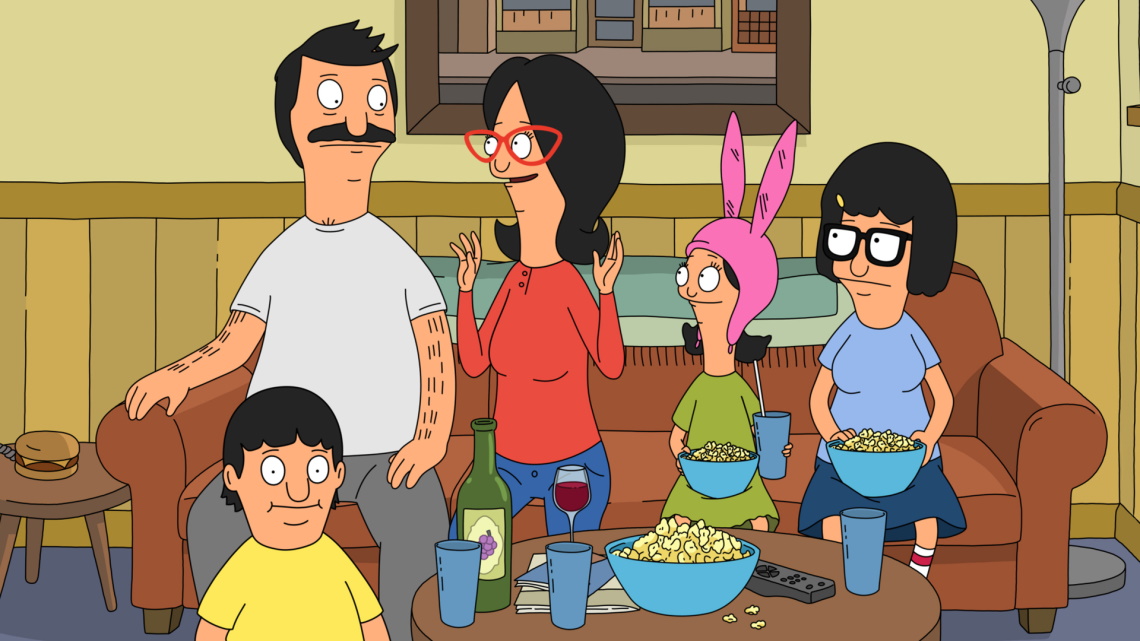
[Fox Media LLC]
The “comfort show” role that The Office or Golden Girls played for millions of Americans this year was, for me, satisfied by Fox’s animated sitcom about a hapless but loving nuclear family and their beach-town hamburger joint. At a time when pop-cultural representations of Regular People are routinely treated as a culture-war football, Bob’s Burgers and its hilarious yet frank depiction of prosaic, working-class struggles just keep chugging along, being reliably delightful and awesome. Now rather incredibly in its 11th season, the series has always been a witty, character-centered pleasure – the pilot remains one of the strongest, most fully formed opening salvos in the annals of American sitcoms – but in a year like 2020, what seemed to matter most was the show’s open-hearted warmth. Like its spiritual kin, King of the Hill, the series has generally sidestepped the “escalating zaniness” problem that has plagued other animated sitcoms, keeping the focus on the workaday travails of the Belcher clan and an ever-expanding cast of lovable weirdos. (How many other sitcoms can say that they spent a decade incrementally but steadily improving when it comes to LGBTQ issues and representation?) With its flawed but charming characters and unflagging message of decency, devotion, and radical acceptance, Bob’s Burgers provided a vision of America that felt uncommonly aspirational: a Jersey-shore Paddington crammed with toilet jokes. - Andrew Wyatt
BoJack Horseman
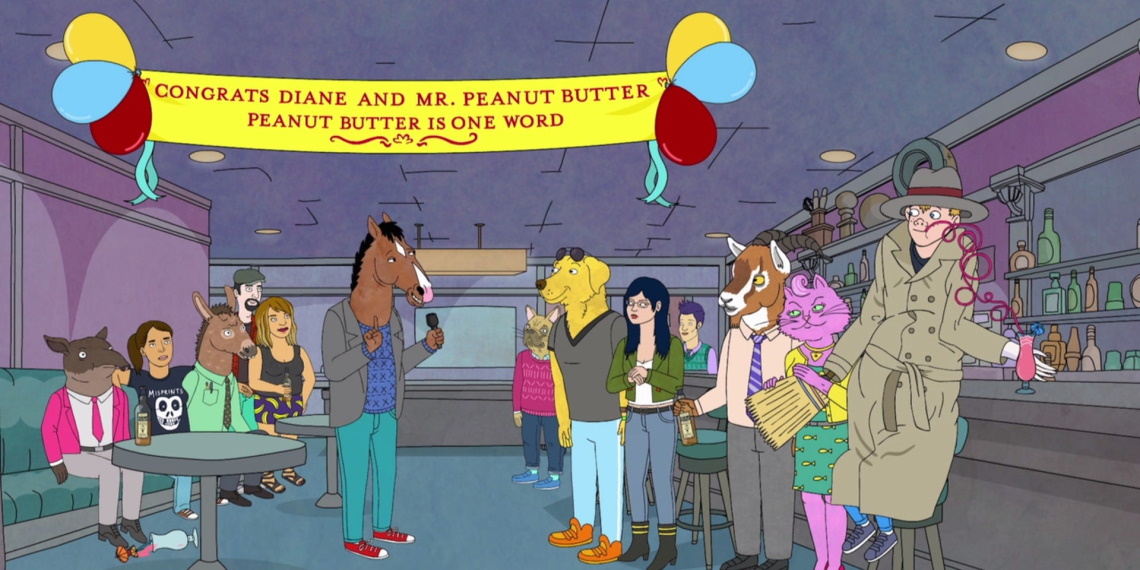
[Netflix Studios, LLC]
Netflix’s animated tragicomedy about a washed-up, severely maladjusted sitcom star – who just happens to be an anthropomorphic horse – built a devoted fan base over its six seasons. I was a latecomer to BoJack Horseman’s indelible brilliance, diving in shortly before the show’s final season premiered last January. I then revisited the series again over the summer, and not just to savor its ridiculously dense landscape of droll wisecracks, show-business references, and absurdist background gags. (So many banner jokes.) Nor was it solely to marvel at the boldest high-concept episodes, such as the now-legendary “Free Churro,” which consists of little more than BoJack (Will Arnett, never better) delivering a rambling, 26-minute eulogy. Instead, it was the show’s incisive, often brutal depiction of narcissism, self-sabotage, and inter-generational dysfunction that demanded a second look. The social-isolation measures mandated by the ongoing pandemic have provided a prolonged (and possibly unwelcome) opportunity for personal introspection, and in this state, it’s all too easy to slip into a self-serving narrative. Here, BoJack served as a vital reality check and bullshit detector. (Which is admittedly a weird thing to say about a cartoon in which a talking Labrador retriever hosts a celebrity game show.) This madcap, unexpectedly poignant story of an asshole actor and his odyssey through a self-made hell provided a necessary rebuke to the notion that genuine self-improvement can ever be easy – or that a clean-slate redemption is always deserved. In this respect, it’s a show that everyone could stand to binge before the world returns to semi-normal and our confidence that Things Will Be Different Now inevitably begins to crumble. - Andrew Wyatt
The Discovery Family of Networks
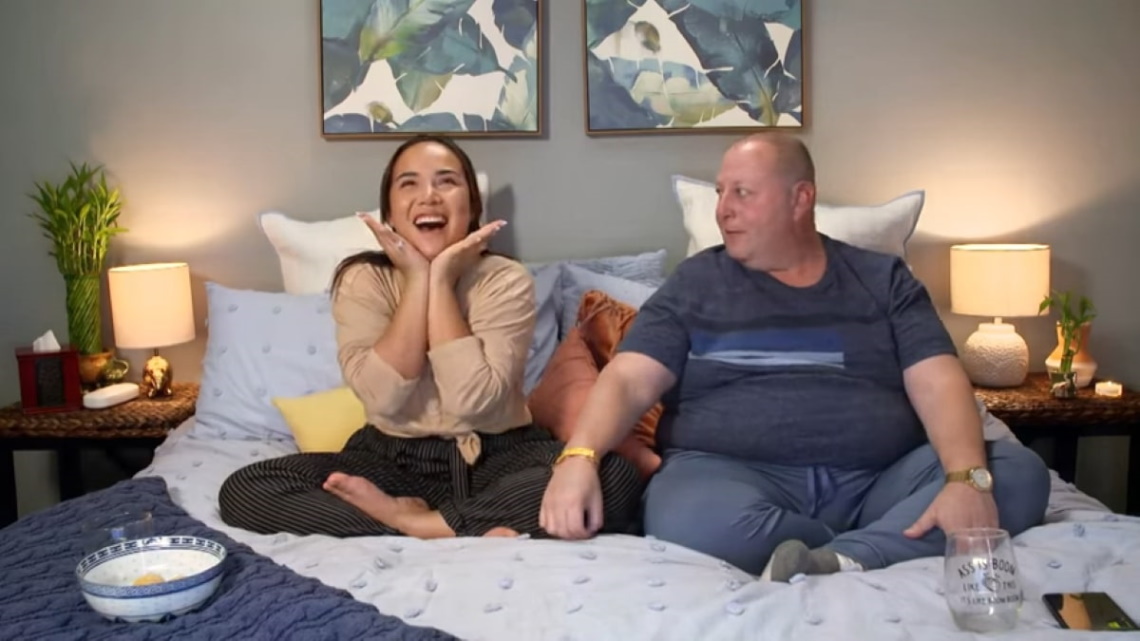
[90 Day Fiancé - Discovery, Inc.]
I don’t think there’s a string of words more indicative of the current state of television than “The Discovery Family of Networks.” If you’ve never heard it before, it’s the phrase Discovery Inc. uses to refer to its slew of channels, and it honestly sounds kind of foreboding — as though these channels are intended to fulfill the same needs as a living, breathing loved one. Still, for all the ominous faux-friendliness of its branding, the Discovery Family of Networks was pretty much the only thing I had playing on my television throughout the year: TLC, Food Network, HGTV, Lifetime … If you can name it, it’s probably part of the Discovery Family of Networks, which means I probably spent most of my waking hours with it on in the background. And, with the recent launch of the streaming service Discovery+, 2021 is shaping up to be another year full of even more docuseries binging. - Kayla McCulloch
Felicity
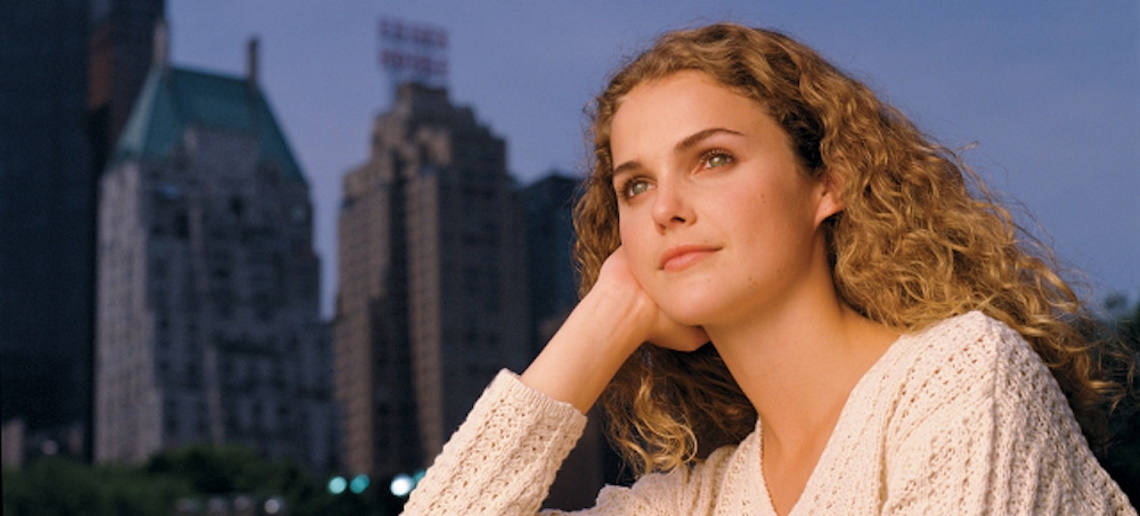
[Walt Disney Television]
Felicity (1998-2002) is the best thing J.J. Abrams has ever done, and it’s not even close. Long before he and Matt Reeves were at the forefront of contemporary studio sci-fi filmmaking, they were penning this saccharine, amber-tinted melodrama that follows the titular Felicity (Keri Russell) and her eclectic group of friends as they navigate life and love at the fictional University of New York. Binging through Felicity was like a fever dream, especially as it grew increasingly absurd in the later seasons and indulged in gimmicks like documentary style, an extended Twilight Zone homage, and a baffling time-travel arc. It’s equal parts confounding and cozy, and I can’t wait to watch it again. - Kayla McCulloch
folklore / evermore

[Republic Records]
On the one hand, you have pop masterminds Taylor Swift and Jack Antonoff. On the other hand, indie darlings Aaron Dessner (founding member of the National) and Justin Vernon (vocalist and guitarist for Bon Iver). A year ago, it would have been hard for me to imagine these two dyads having much to say to one another beyond “Big fan of your stuff” and “Same to you.” Now, after obsessively listening to their collaborative work on Swift’s surprise album folklore and its even more surprising follow-up, evermore, it’s clear to see that these four — with their penchant for melancholy and their willingness to indulge in the bittersweet — were always meant to do something remarkable together. - Kayla McCulloch
Hollow Knight
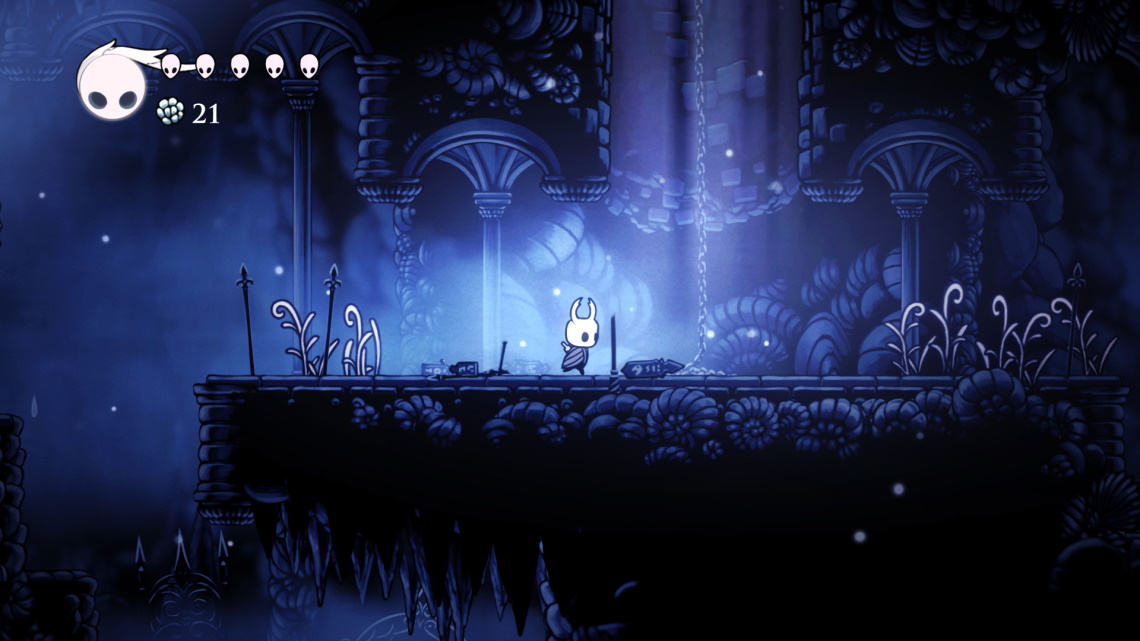
[Team Cherry]
Starting with 1997’s Castlevania Symphony of the Night, "Metroidvania" games have most often started with a flash-forward. It’s a strategy to hook the player, promising them high-power weapons and an advanced move set complete with double jumps and grappling guns to boot. Then they rewind, placing the player inside a castle or a cavern or a 16-bit version of The Mummy, with nothing but basic movement and a simple jump. Not so in 2017’s Hollow Knight. After booting up Team Cherry’s instant classic, I was delighted to find my character alone at the bottom of a cave, drifting toward a light; a small bench; an unsettling orange glow. The player character (“Wanderer”) is a skinny-boned figure, wrapped in dark fabrics and wielding a nail as if it were a sword. Wanderer is a cartoony, endearing little bone-bug, with round lines and a determined little waddle. I was instantly charmed, momentarily forgetting that vast, gothic landscape and its sinister rumblings. Never fear: Hollow Knight grants Wanderer a robust vocabulary for its sword art — that is, once I discovered and unlocked various treasures — as it travels the mysterious bug-and-bone world of Hollownest. A downward slash to pogo off enemies builds tension. The first rule of Hollow Knight: Don’t Get Hit. Timing is everything, and this game is tough as nails. When a resource called “Soul” slowly heals the player, but also has the ability to do quick, offensive magic, how will you spend it? And then there are the charm slots. They power you up, offering stronger nail art, or perhaps a swarm of bees to sting your enemies. One charm just makes you stinky! Is it speed, offensive magic, or your faithful nail that’ll get you through a boss fight? Learn the patterns and seek the cracks, and you’ll eventually see your goals through, for Team Cherry has mastered the art of indirect, environmental storytelling. Most of these possibilities are communicated to the player wordlessly. Hollow Knight will test your patience, but with great control and lightness of touch. It’s perhaps the most elegant game I have ever played — a masterpiece. - Cait Lore
Jacques Rivette
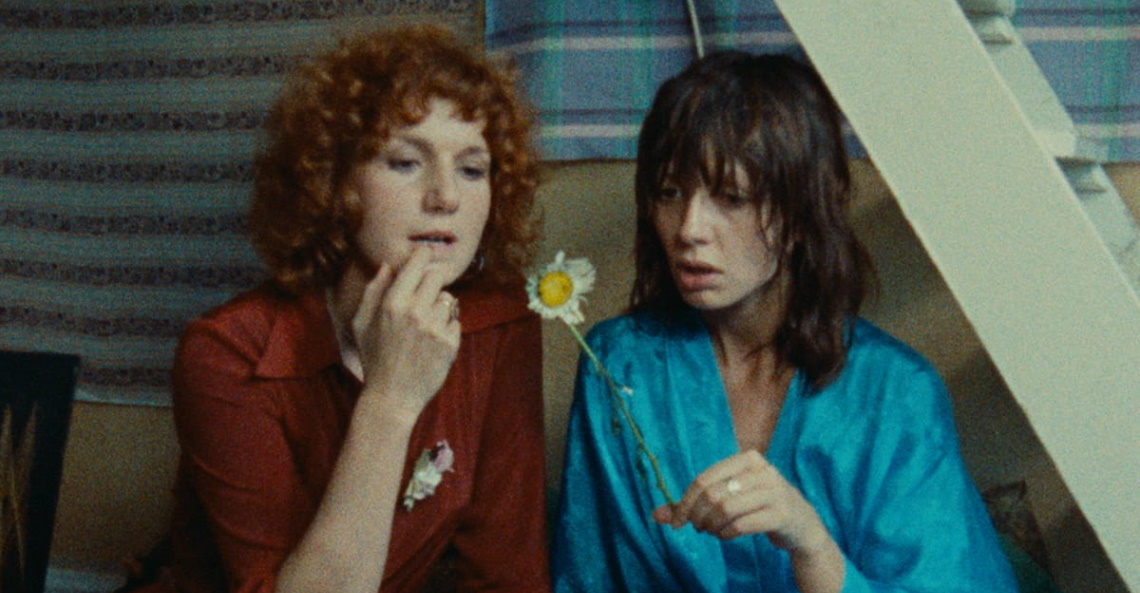
[Céline and Julie Go Boating - Les Films du Losange / The Criterion Collection, Inc.]
Beware: Céline and Julie Go Boating (1974) is a gateway drug. The elusive yet heralded film is finally coming to DVD and Blu-ray in the U.S. in March thanks to the Criterion Collection, but earlier in 2020 I borrowed an imported Blu-ray of the proto-Mulholland Dr. (2001) from a friend and finally “got” its filmmaker, Jacques Rivette. As fate would have it, 2020 was Rivette’s time to shine – at least for me and my home-entertainment center, both desperate for some sort of time-occupying content. The Nouvelle vague associate has just rolled in his grave at that phrase, but he is probably best known for testing the limits of his audience’s bladders. Thank God his magnum opus, the 13-hour Out 1: Noli Me Tangere (1971), is graced with a novelistic chapter structure, providing ample bathroom breaks and time to digest a snack and/or its labyrinthine Parisian conspiracy “plot.” And if one were to need even more from Rivette, he provides a buffet of riches: tangled webs of cinematic magic and reality, treatises on art on our relationship to it, très French farce vibes, and the most adventurous stock company this side of Cassavetes. Beyond the aforementioned, check out Duelle from 1976, during which the queens of modern French cinema, Bulle Olgier and Juliet Berto, play Queen of the Sun and Queen of the Moon, respectively, battling over a diamond that may or may not save the world – all vis-à-vis a Brechtian film noir acted out in a sparsely populated Paris. That one clocks in at only 121 minutes, but its freewheeling intricacies now occupy my mind and time well beyond its relatively scant runtime. - Joshua Ray
The Japanese Cinematic Canon
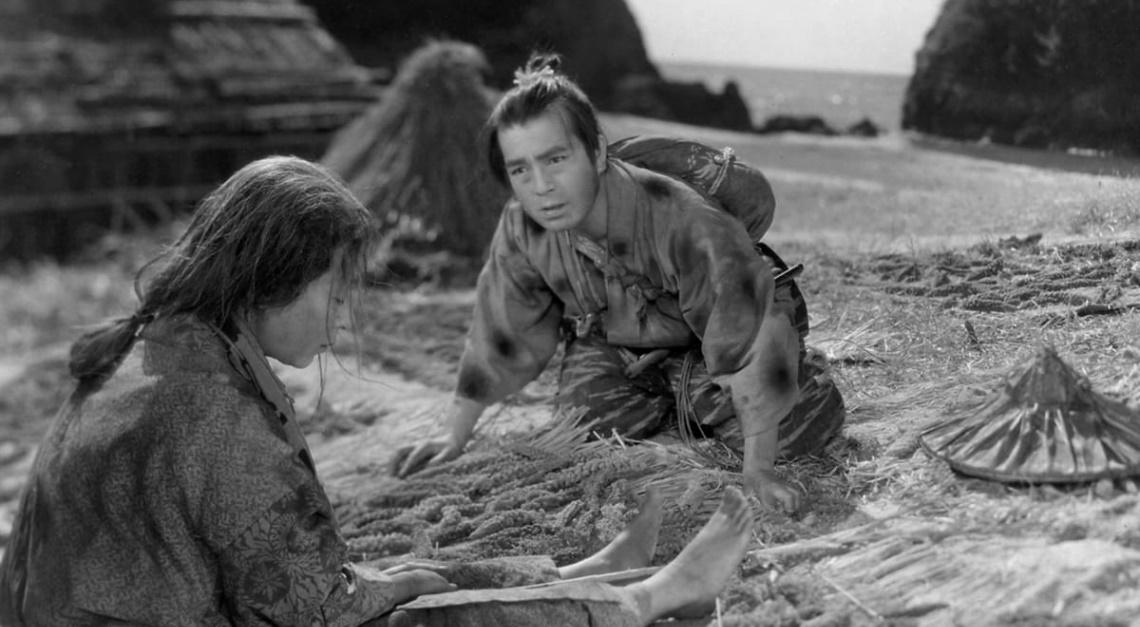
[Sansho the Baliff - Kadokawa Daiei Studio / The Criterion Collection, Inc.]
Despite the mass shuttering of movie theaters in early 2020, there was no shortage of new films to experience this year, as streaming services kept pumping out original features and major distributors scrambled to repackage their offerings for the new home-viewing reality. Despite this bounty of current content, many cinephiles spent the year discovering and rediscovering older films, taking comfort in beloved classics and finding fresh perspective in the works of a previous era. In my case, those features were frequently the iconic works of Japanese cinema. A serious film hipster might even call my Japanese film diary a bit … basic: Yasujiro Ozu’s Late Spring, Akira Kurosawa’s Rashomon (1950) and Seven Samurai (1954), Kenji Mizoguchi’s Ugetsu (1953), and Masaki Kobayashi’s Harakiri (1962). It was a welcome joy, however, to be reminded of the magnificent artistry evinced by the island nation’s midcentury masters. In an era when cinephilia often feels as though it is dominated by pithy hot takes and snotty contrarianism rather than cogent analysis, it was reassuring to have firsthand confirmation that such canonized classics are as great as their enduring reputations suggest. Moreover, the films of Japanese cinema’s Golden Age often revealed a newfound resonance with our current period of upheaval and uncertainty. None seemed quite so powerful and haunting as Mizoguchi’s masterful Sansho the Bailiff (1954), a pitiless tale about how important it is to be good in the face of the world’s cruelty, injustice, and capriciousness. “It’s a cold world,” remarks the exiled noblewoman Tamiki to a seemingly benevolent priestess – shortly before the woman betrays Tamiki, selling her and her two young children into slavery. Seems about right for 2020. - Andrew Wyatt
Jigsaw Puzzles

[Shutterstock]
Prior to 2020, it had been approximately two decades since I last attempted a jigsaw puzzle. As solitary, prepackaged diversions go, puzzles have long seemed somewhat fusty to me – at least compared to, say, a model kit, coloring book, or glossy new set of Legos. Cabin fever has a way of changing your perspective, however, and this was the year I rediscovered the steady, low-key pleasures of the jigsaw puzzle. It started out as a secondary activity, something to do with my hands while shotgunning docuseries like McMillion$, I’ll Be Gone in the Dark, Challenger: The Final Flight, and Atlanta’s Missing and Murdered. Gradually, however, I came to realize that tackling a challenging puzzle has its own singular appeal, eliciting a state of mind that’s part problem-solving tunnel-vision and part Zen contemplation. Given that the outside world often seemed like a howling madhouse this year, jigsaw puzzles offered a cost-effective, old-fashioned means to focus my attention on something simple, straightforward, and above all solvable. All told, I completed over a dozen puzzles this year in the 1,000- to 2,000-piece range, with subjects ranging from astronomy to ornithology to vintage travel posters. It’s become enough of a hobby that I’ve developed the requisite persnickety band preferences – Eurographics or New York Puzzle Company, please – which is a sure sign that there’s no going back. - Andrew Wyatt
Madeleine Bourdouxhe
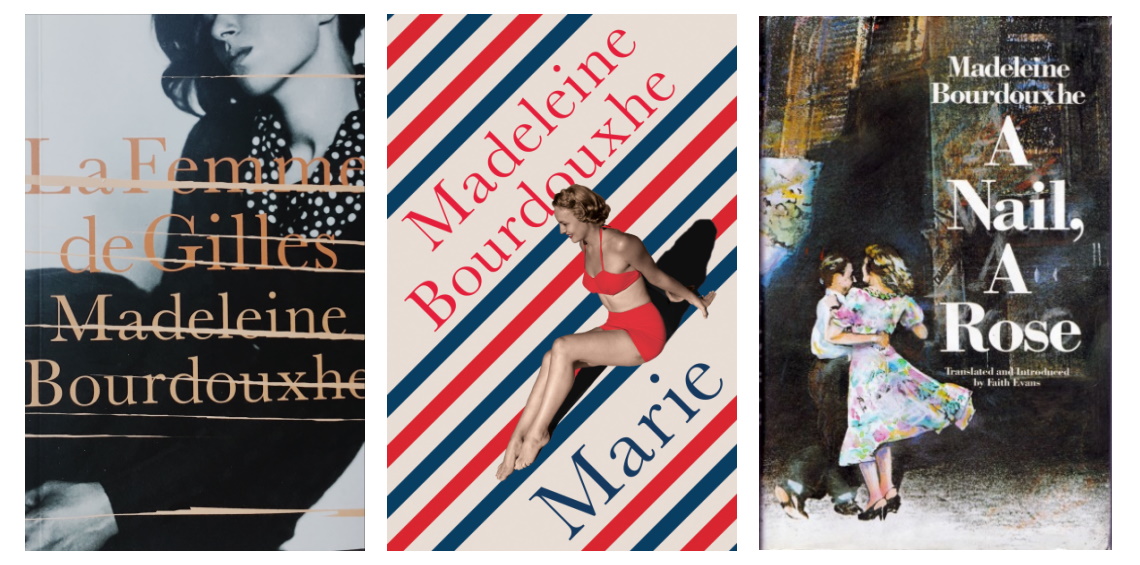
Despite sounding almost comically French, Madeleine Bourdouxhe is actually a little-known author from Belgium. I first stumbled on one of her translated works, Marie (1943), in 2017, and have cherished her tiny bibliography — just two novels and a short-story collection — ever since. I read her debut novel, La Femme de Gilles (1937), early on in last year’s quarantine, then returned to reread my favorite of hers, Marie, later on in the summer. I always treasure the time I spend in the little worlds she’s created, and lockdown was the perfect excuse to dive back in. Her elegant yet uncomplicated language makes it easy to escape into the surreal, existentialist elements found between the lines of her salacious romantic dramas. - Kayla McCulloch
Masaaki Yuasa: Ping Pong the Animation / Keep Your Hands Off Eizouken!

[Ping Pong the Animation - Science SARU Inc.]
This year I spent about a dozen of my Monday mornings living like a teenager. I’d sprawl out on my living-room floor, eating chocolate-chip pancakes and watching three socially awkward teens get so drunk off their passions that they believe they can trick their school into funding their own animation studio. Think Rushmore’s Max Fischer, but make it androgynous, and then multiply that by three, and you’ve got something like the right idea. Masaaki Yuasa’s 2020 anime Keep Your Hands Off Eizokuken! serves as a love letter to the pleasures of youth and the ecstatic joy of creation. In its way, it’s a spiritual successor to Yuasa’s 2014 anime Ping Pong the Animation — another first for me this year. Eizouken is weightless, like a dream. It feels like something a seasoned veteran makes, looking back on their youth and its special magic, that sense of immortality that gives precious energy to every creative pursuit. Ping Pong, however, has a sense of gravity. A stunning feat of animation in its own right, Ping Pong isn’t afraid to stare into the existential dimensions of craft. Here we watch two young men at a significant point in their table-tennis careers, wrestling with their relationship to the sport. It’s a beautifully crafted and brutally honest coming-of-age story, one whose psychological architecture puts most of this years’ Oscar contenders to shame. This is all to say nothing of its down-right astonishing animation style, with an anime opening that rules so hard it’ll knock the wind right outta you. - Cait Lore
MF Doom
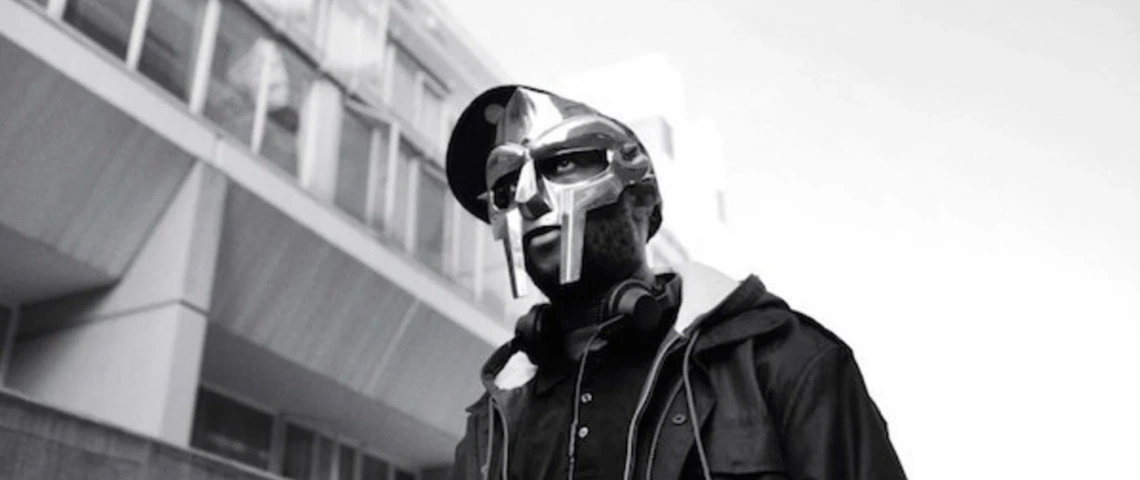
[MF Doom]
Bitter toward an industry that had forsaken him, Daniel Dumile found himself living off the grid, spending most of his days drunk, barely avoiding homelessness. That year, 1994, his brother and fellow artist, professionally known as Subroc, had died in a freak road accident, leading to a scorned record deal with Elektra Records. It would be a couple of years until Dumile would find himself performing again — this time at underground venues and late-night cafes. Strapping a metal gladiator-style mask to his face, he’d keep his identity a secret. This time Dumile didn’t want fame, and he had no illusions about the industry that rejected the brother’s sociologically woke content. (For Elektra, Subroc’s death served as a pretext to end their associations.) Rapping under the name MF DOOM, a reference to Marvel’s classic archvillain, Dumile transformed himself into everything the industry stood against. Boasting a stream-of-consciousness approach to flow and doing away with logical transitions, his rapping was so nimble, no one could touch him. DOOM’s bars had it all: internal rhymes, syllable play; rhymes that make demands of the tempo; rhymes that talk to music he samples; rhymes that jump and land wherever they please. Over the years, he’d add to this robust skill set with new characters (DOOM, King Geedorah, Viktor Vaughn, etc.), but Dumile spoke through them all. It came from the gut, his lived experience; it was real. In his 20 years of rapping, MF DOOM’s iconoclastic approach never quite found its way to mainstream audiences, but he is arguably the most influential underground rapper of all time. He’s always been my favorite, but as many of our readers know, DOOM’s death was announced on Dec. 31, 2020. Losing him this year, at such a young age, is disheartening. However, the truth remains: Dumile’s artistry and his life characterize a commitment to confronting darkness, and to the invaluable truths to be found there. Through him, one can discover that depression is never pointless but rather a state of constant confrontation, of meeting one's self. That’s one of the reasons why I’ve returned to Dumile’s music again and again over the past 15 years. These battles only allowed him to give more of himself — a more personal, true self — to his craft and, in turn, to us. RIP. - Cait Lore
Non-Theatrical / Virtual Communal Viewing

[Shutterstock]
We couldn’t (and shouldn’t) get together at the movies, so we made the best of it with what we had. Cinema St. Louis – along with nearly everyone else – went digital with their events, bringing all the film-festival bells and whistles to any screen in our homes. The drive-in was back in style, with local mainstay Belleville Skyview Drive-In open for business and ad hoc park-and-watches popping up all over St. Louis. If you just had to get your butt in an actual theater seat, you could rent the whole house for you and your pod for about a Ben Franklin, but more enterprising folks (not to brag) figured out you could set up your own socially distanced outdoor theater for much cheaper than you would think. However, not everyone has the luxury of space and good weather, so we also turned to pressing play in sync from far-flung locations, sometimes even giving into texting during the movie to make fun of The Old Guard (2020) or have fun with What’s Up, Doc? (1972). What becomes clear from these innovations is that there is really only one way to properly experience cinema: together. - Joshua Ray
Novels of Disconnection and Dislocation

My very modest reading goals went neglected this year – decisively putting the lie to the delusion that I would read more books if I just had more time. Among the handful of titles that I did tackle in 2020, several seemed to have a common and strangely fitting theme: stories about people confronting different manifestations of disconnection, dislocation, and dissociation. This was more serendipitous than intentional – I had put the books in question on my To Read pile well before the coronavirus reared its head – but it’s undeniable that the novels in question left a powerful impression in part due to the turmoil that has characterized the past year. Grief and discontent are the connective tissue in Disappearing Earth, Julia Phillips’ sprawling hyperlink novel following dozens of characters over the course of one year in the remote Siberian peninsula of Kamchatka. Hiroko Oyamada’s The Factory, meanwhile, lends a slightly surreal edge to the alienation of late-model industrial society, as several characters struggle to find meaning in the shadow of a colossal, nameless manufacturing complex. K. Chess’ science-fiction tale Famous Men Who Never Lived uses parallel universes to craft a compelling allegory for the refugee experience, imagining a world where Earth becomes home to escapees from a doomed alternate timeline. Finally, in Yōko Ogawa’s riveting, dreamlike The Memory Police – the best novel I read in 2020 – remembrance itself comes under assault as authorities remove physical traces of the people, places, and things that are gradually disappearing from the minds of an island’s citizens. It’s an evocative premise that would likely be haunting at any time, but it hits especially hard as the vanished aspects of life before Covid-19 recede further and further into the rearview mirror. - Andrew Wyatt
Open-World Gaming

[Assassin's Creed Valhalla - Ubisoft Entertainment]
I’m a Playstation loyalist, but in recent years I haven’t kept up very well with the AAA open-world titles that are my preferred genre when it comes to PS4 gaming. This is a category that is sometimes derisively referred to as “Map Games”: single-player action-RPGs that take place in vast environments studded with multitudes of side quests, tasks, puzzles, and collectibles. Earlier in the PS4’s life, I had worked my way through sprawling titles like Batman: Arkham City, Horizon: Zero Dawn, and The Witcher 3: The Wild Hunt, but after a time I put down the controller to focus on other endeavors. Self-isolation provided a welcome opportunity to play catch-up. And catch up I did, tearing through Fallout 4, Ghost of Tsushima, Jedi: Fallen Order, Middle-earth: Shadow of War, Red Dead Redemption 2, Spider-Man, all three post-reboot Tomb Raiders, and – just recently – Assassin’s Creed Valhalla. The appeal of these games is both intellectual and visceral, as they nestle perfectionist-baiting checklists of activities inside jaw-droppingly detailed worlds that range from historical to utterly fantastical. (Crucially, the PS4’s graphical hardware still proves astonishingly robust even at the end of its life cycle.) When you can’t leave your own house, there’s a marvelous escapism to be found in such seamless virtual realities: raiding Anglo-Saxon monasteries in a Viking longship, swinging between the skyscrapers of a gleaming Manhattan, or delving into an ancient Mayan temple filled with death traps. In 2020, even trekking through a retro-futurist, post-nuclear hellscape qualifies as a vacation. - Andrew Wyatt
Peggy Gou's "Starry Night"
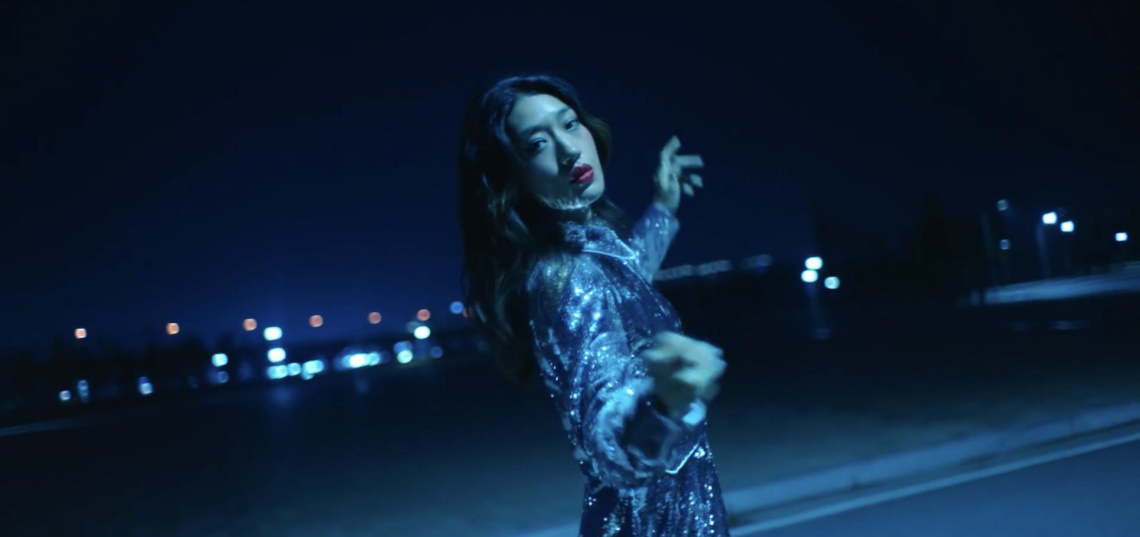
[Gudu Records]
Although dance floors were closed (at least to their smartest of patrons), 2020 was hardly wanting for great dance music. Albums from four-on-the-floor queens Róisín Murphy, Jessie Ware, Kelly Lee Owens, Dua Lipa, and, yes, Lady Gaga lived rent-free in my mind and on music critics’ year-end lists. However, it was a 2019 visual for Peggy Gou’s “Starry Night” that burned itself in my memory. The Korean DJ’s single, a glittery house salute to devil-may-care partying, tracks a different kind of homage to the glossiest pop-culture depictions of her home country and others in East Asia – with direct nods to the continent’s most chic living filmmaker, Hong Kong master Wong Kar-Wai – all while Gou and crew pull the most enviably cool poses. Hopefully she’s still there once we’re all ready to make fools of ourselves in public again, but until then I'll keep dancing to this on my own: "Ocean / Starlight / Moment / Night / Us!" - Joshua Ray
Siskel & Ebert

[Buena Vista Television]
God bless the people nerdier than me for digitizing their VHS recordings of At the Movies and its previous iterations and posting them online. Critics Roger Ebert and Gene Siskel’s thumbs don’t look too great obscured by running-time counters, random tracking adjustments, and plenty of Orville Redenbacher commercials – all through enough layers of gauzy haze to make vapor wavers’ hearts skip a beat. Nevertheless, following them from their humble beginnings on public television to their years as the world’s most recognizable film critics with their Disney-produced syndicated program offers a time capsule of some pivotal moments in film culture: the death of New Hollywood, peak popularity of foreign imports, the ascendency of the blockbuster and a new independent American cinema. Admittedly, I’m not sure how legal this is, but having their voices readily available can serve as an encouraging and enlightening reminder of how necessary, fun, and funny film criticism can be. - Joshua Ray
Tim Rogers' Action Button Reviews
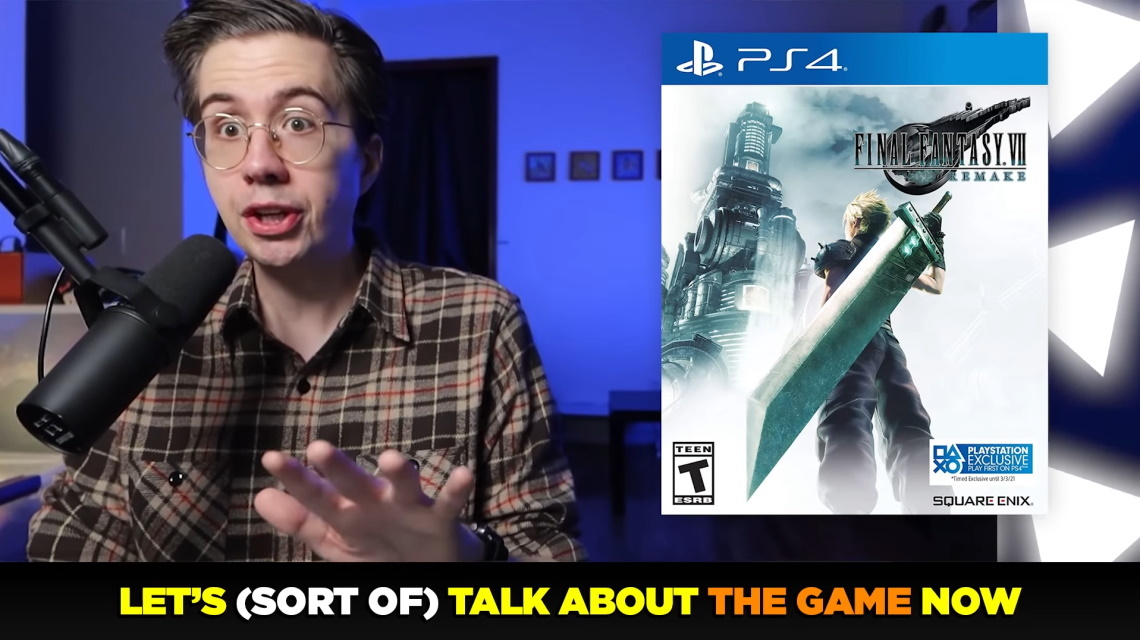
[Action Button]
One March evening, mere days after finishing Final Fantasy VII Remake (FF7R) for the PS4, I found myself watching ex-Kotaku writer Tim Rogers’ newest project: ACTION BUTTON REVIEWS, a series in which Rogers reviews seminal works in video-game history in that New Games Journalism style for which he is (in)famous. It’s a three-hour review in which Rogers daisy-chains one ostentatious sentence after the next, occasionally pumping the brakes to make a reference that's equal parts niche and nutty. He starts his FF7R video with the claim that FF7R “is more Final Fantasy VII than Final Fantasy VII.” That’s got to be one of the most masturbatory sentences in games journalism, right? Well, just wait until you get to the review of Pac-Man which opens with more than 10 minutes of Rogers citing every instance a journalist uttered the phrase “games have come a long way since Pac-Man.” And this is a four-hour video! It’s Patreon-backed, of course, which allowed Rogers to exit his job at Kotaku and start his own brand of criticism. I am absolutely crazy about this video series. Watching Rogers back up all this absurdity with overwhelming amounts of pie charts and spreadsheets is, for me, the most frustrating of pleasures. He introduces new terms like “game flavors” to talk about different modes of play, terms that aid him in breaking down the anatomy of modern Triple AAA games. His newest review, I kid you not, is a six-hour video essay about ’90s Japanese dating-simulator Tokimeki Memorial. It’s also, perversely, his most concise video yet. ACTION BUTTON REVIEWS is about five episodes in at this point, and as much as it pains me to say it, a compelling thesis statement is beginning to emerge. It’s like watching David Bordwell, all cracked out on Coke Zero, ad-libbing Film Art for a Gen Z audience. - Cait Lore
We Are Who We Are
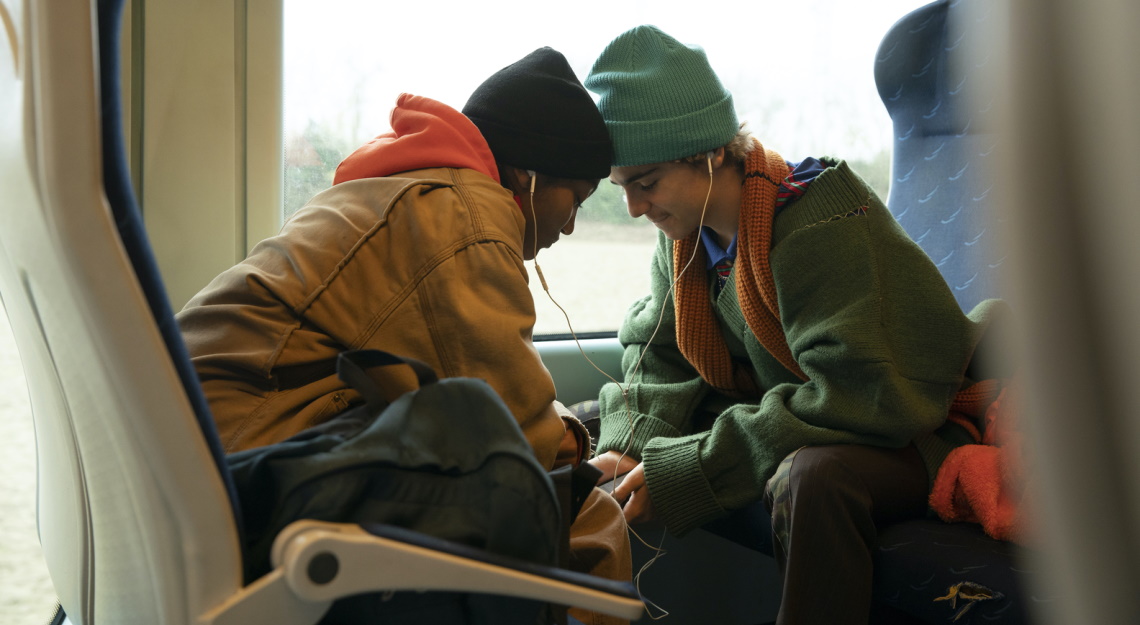
[Home Box Office]
They say a painting can be reduced to a series of interesting choices. Maybe all art can be measured this way. In the case of Luca Guadagnino’s We Are Who We Are, this is certainly true. The show’s pilot begins in an airport. A boy in baggy, leopard-print shorts, painted fingernails, and hair fried by bleach yells at a woman who appears to be his mother. The airport lost his favorite shirt, and so she offers him an airport-sized bottle of alcohol. “Two sips, Fraiser!” He ignores her and gulps it all down at once. What follows, I’d argue, is one of the best character introductions this side of Malcolm McDowell’s performance in If …, bolstered by a knockout performance from Jack Dylan Glazer. Of course, the acting is fantastic all around: This is Guadagnino we’re talking about. He gives his actors space to bring themselves into the roles. There’s a sense of realism in We Are Who We Are that is rarely found on any screen, television or otherwise. Most of the pilot is spent with Fraiser, as he rides his bike around a U.S. military base in Italy — which operates like one of those magic liminal spaces often found in Powell & Pressburger — listening to Blood Orange while he charts the land. However, as the show unfolds, viewers will realize it’s not just about this magic space or queer friendship or dysfunctional family dynamics. It’s really about that year, 2016, and the various cultural tensions America was facing, transplanted on the story of two teens and their families. It’s that magical age — 15 years old — when life feels at once overwhelming and infinite. For me, this was deeply personal, featuring a distinctly queer love that conjured such a visceral experience in my viewing, one that’ll never leave me. We Are Who We Are is the crowning achievement of 2020, as far as I’m concerned, and for some teenagers out there, it’s going to be like listening to the Velvet Underground for the first time. - Cait Lore

